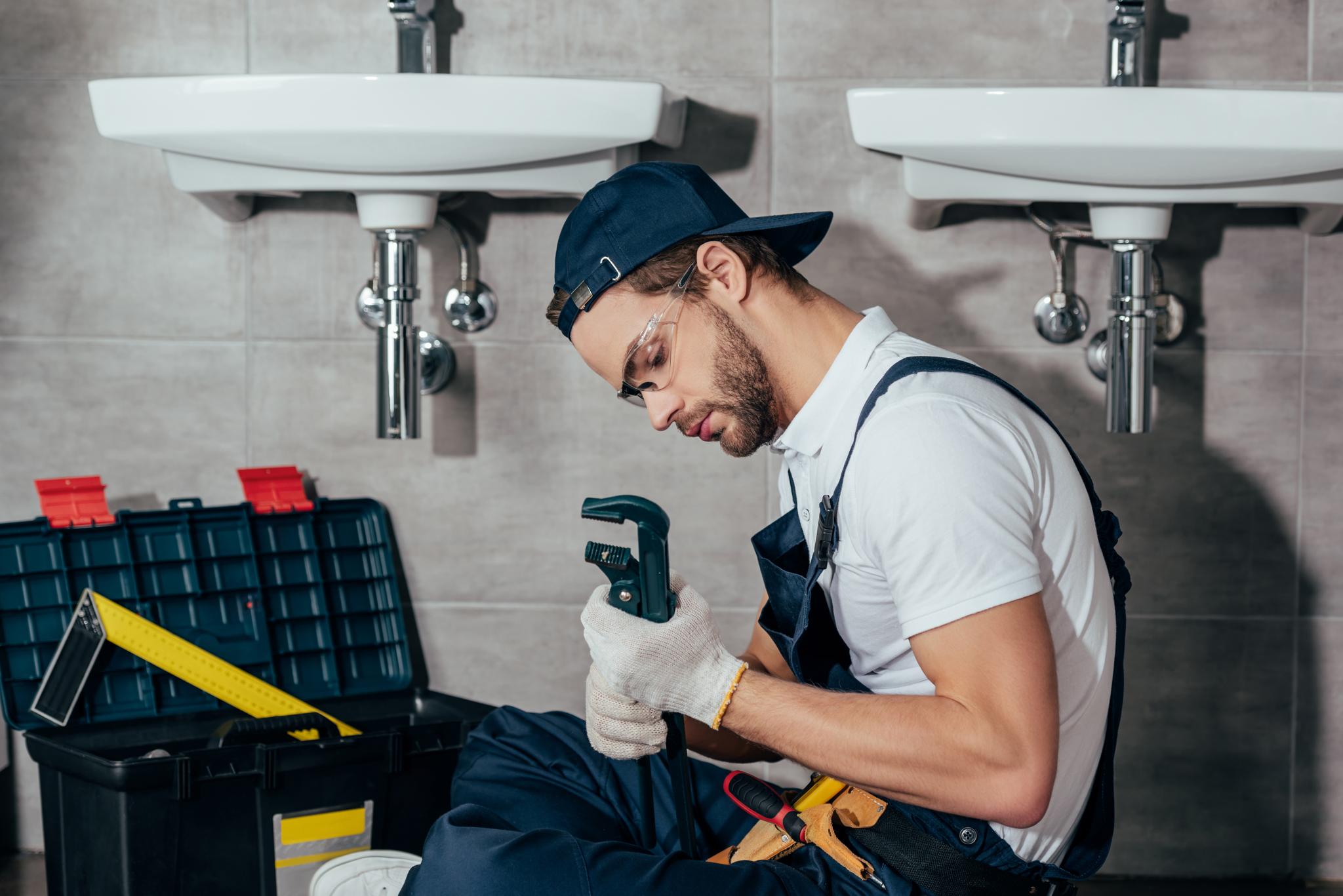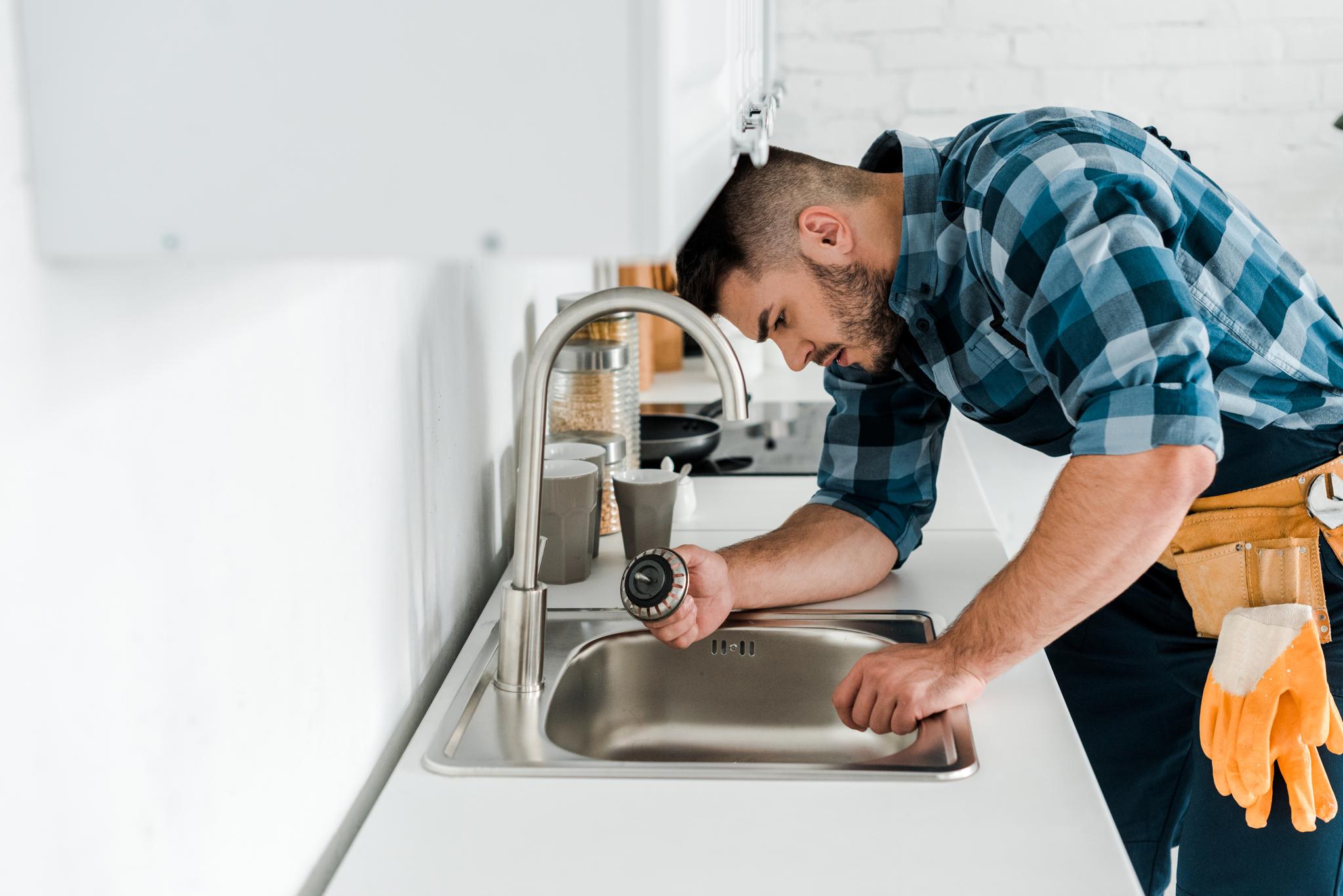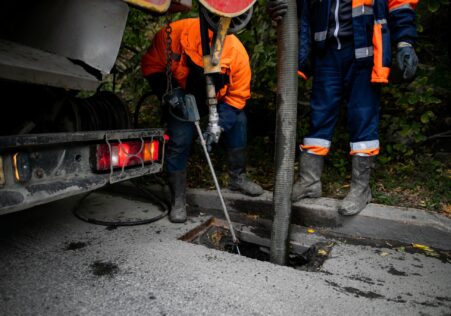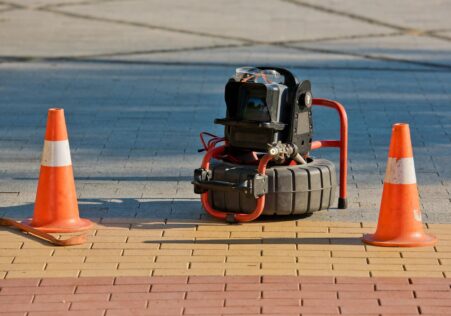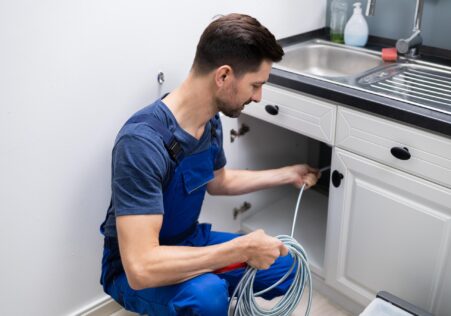Understanding the Differences Between Pipe Relining and Pipe Replacement
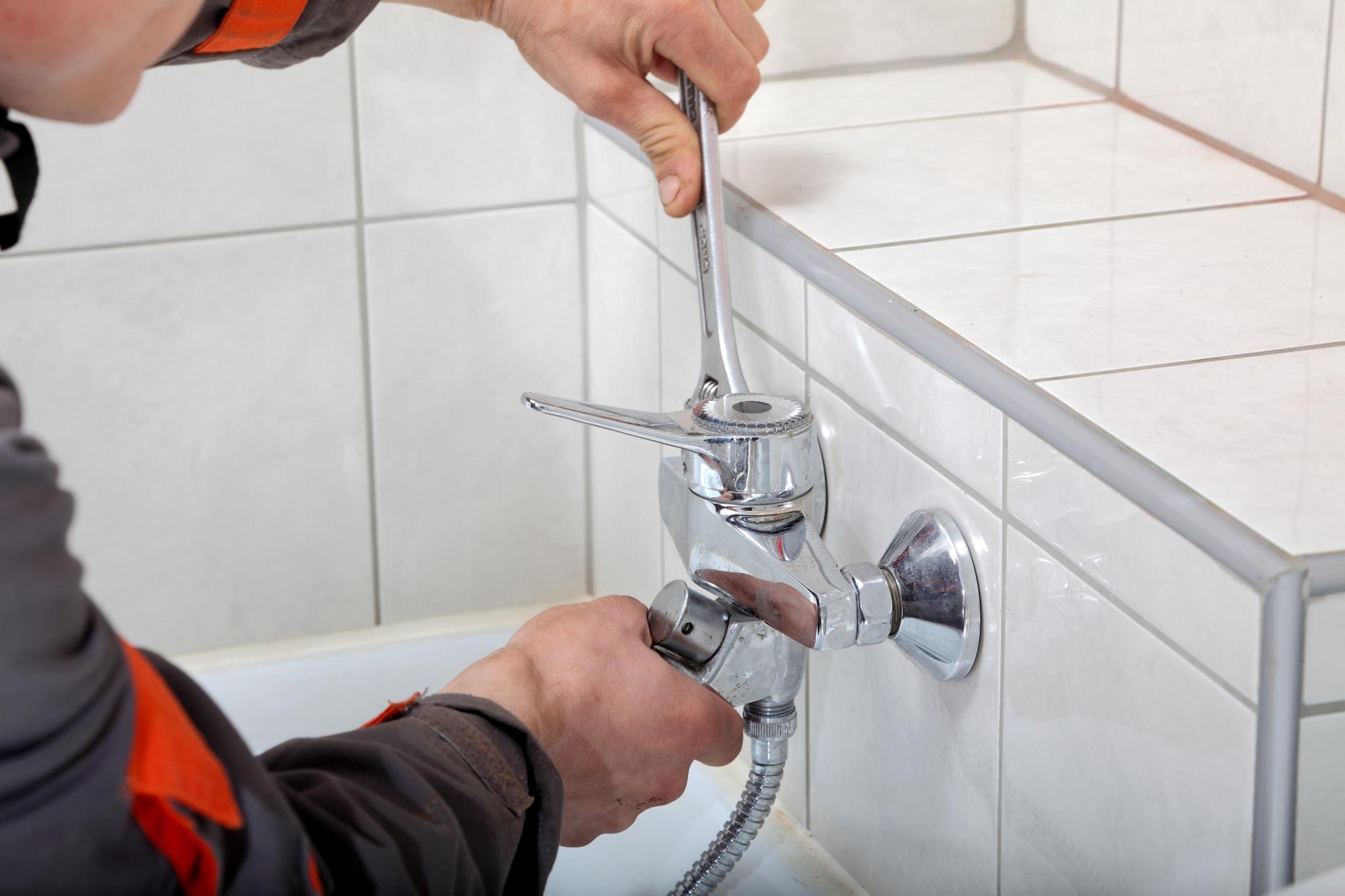
When it comes to fixing damaged pipes, two common methods are pipe relining and replacement of pipes. Both approaches aim to restore the full function of your pipelines, but there are some distinct differences you need to know.
Key Takeaways
- Relining pipelines is a cost-effective and quick method of repairing damaged pipelines.
- The lining of CIPP is utilized in the relining of pipes.
- Epoxy resin is used to line the internal parts of the pipe which cures to creates a new inner lining for the old pipeline.
- Relining pipe is time-efficient and economical, and can last up to 50 years.
- The traditional method of replacing pipes is digging up sections of land in which pipes are located.
- Pipe replacement may be necessary to repair pipes that are severely damaged.
- A new pipeline installed through pipe replacement has a long time span (75 to 100 years).
- Pipe replacement is costly and long-lasting.
- The choice between pipe relining and pipe replacement is based on the extent of damage.
In this article, we’ll discuss pipe relining vs. pipe replacement, and find out which one suits your requirements better.
What is Pipe Relining?
Pipe relining, also known as Cured-In-Place pipe (CIPP) lining is a state-of-the-art repair process that provides a cost-effective, quick solution to repair damaged pipelines.
Here’s how it will work:
- A technician cleans the pipeline with high-pressure water jetting or mechanical cleaning.
- They then apply epoxy resin made from fiberglass or polyester liner to the pipeline.
- The liner cures by forming a new lining in the old pipeline that’s just as long-lasting as the new one.
Advantages Pipe Relining
- Time-efficient: It generally takes only 2 to three hours for the entire process, as opposed to digging for many days using traditional pipe replacement techniques.
- Cost-effective - Because there is no excavation or removal necessary for pipe relining, it can save almost half of the amount you be paying for conventional repairs.
- Durability – The lining created through pipe relining can last up to 50 years!
Pros and Cons of Pipe Relining
- Not suitable for severely damaged pipes. If there are significant damages like collapses, cracks, or misaligned joints within your sewer line then pipe relining is not a possibility.
What exactly is Pipe Replacement?
Pipe replacement involves digging up portions of the yard/sidewalk/driveway where underground pipes are located. These sections may include damaged pipes, or highly corrosion-prone ones, due to age or neglect.
The following steps make up the majority of traditional replacements for pipes:
- An excavation crew digs access to the decayed underground pipe.
- The old pipeline has been removed and dredged out, producing a lot debris that must be cleared away.
- Then, they construct the new pipeline on top of the one they had previously installed.
Benefits of Pipe Replacement
- Suitable for severely damaged pipes In the event that you need to replace pipes that are suffering from significant corrosion or damage, pipe replacement is the best option.
- Long-lasting – The latest pipeline that is installed by pipe replacement is long-lasting (75 to 100 years) making it an ideal choice for homeowners in search of an option that is long-lasting.
Pros of Pipe Replacement
- The work of excavation required for pipe replacement could be long and costly.
- It is time-consuming. Pipe replacements can take weeks depending on the size of the work and the depth of excavations that are required.
Which one is best for you?
The choice between relining or replacing your pipes is largely based on the extent of damage caused. If your pipes suffer from minor issues like cracks, or minor leaks, replacing them is likely to be a more appropriate choice since it’s less costly as well as quicker than traditional pipe replacements.
But if there are severe damages like collapses or breaks, then you should consider an alternative to replacing your pipe, although it may be more expensive and will take longer.
| Pipe Relining | Pipe Replacement | |
|---|---|---|
| Procedure | CIPP lining using epoxy resin | Excavating and replacing the old pipeline |
| Pros | Time-efficient- 2 to 3 hours to complete | Suitable for severely damaged pipes |
| Cost-effective – Almost half of traditional costs. | New pipeline lasts for 75 to 100 years | |
| Durable – Lasts up to 50 years | ||
| Cons | Not suitable for severely damaged pipes | Costly |
| Time-consuming | ||
| When to choose | Minor damages like cracks or minor leaks | Severe damages like collapses or breaks |
Frequently Asked Question
What is pipe relining?
Relining a pipe is a procedure which consists of creating a new pipe in the damaged pipe. It is accomplished by inserting a flexible liner inside the old pipe and making it a permanent fixture. After it has been cured, the newly formed pipe does not have joints or seams, which increases the structural integrity of the pipe.
How does traditional pipe replacement differ from relining pipe?
Traditional replacement of pipes involves digging up and physically removing old pipes then replacing them with new ones. Contrary to this, pipe relining isn’t a requirement for excavation. Instead it’s accomplished with the help of technology, which allows pipe repair without digging up large areas of land.
Which option is less expensive: liner relining or conventional pipe replacement?
Relining pipes typically cost less than traditional methods for pipeline repair as there aren’t any costs related to excavation or other procedures that are required to remove and replace old pipes.
Can all kinds of pipes be relined?
Some types of pipes are relined in a successful manner. Your plumber must examine your particular situation to determine whether it is feasible to line your specific kind of pipes. However, most new pipes may be fixed using this procedure.
How long will the process of relining pipes last?
The exact time required for the procedure varies based on aspects like the location, the environment and the kind of damage; however the average Pipe Relining job usually takes 2-3 days depending on how many metres require lining..
In the end, if you are looking to stay clear of invasive excavation works and save money in the process of restoring your damaged pipelines’ function to its maximum Consider utilizing our Blocked Drains Plumbers Sydney ‘s swift and efficient pipe relining services. Contact us!
Additional Information
- Why Your Business Needs Periodic Drain Inspection and Cleaning
- Pipe Relining: The Intelligent Technique to Fix Your Sewer
- Preserve Your Piping by Prompt Relining: Ways to Recognize When
- How to Tell You Need Drain Clearing Services for Your Business
- Protect Your Condo's Property Value with Long-Lasting Trenchless Pipe Relining
- The Ultimate Guide to Prevent Drain Blockages
- From Start to End: Everything to Expect During Pipe Relining
- The Ultimate Guide to Pipe Relining: How to Select the Perfect Material
- Why Consider Pipe Relining for Your Residential or Commercial Property
- The Positive Effect of Pipe Relining on the Environment


